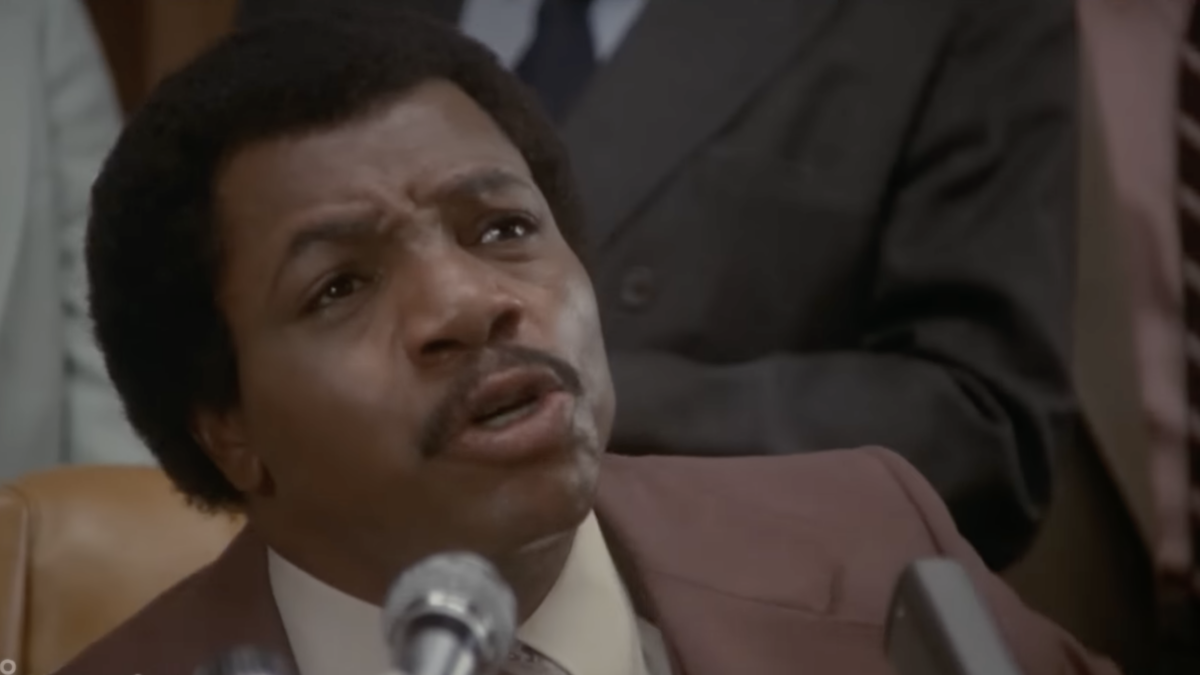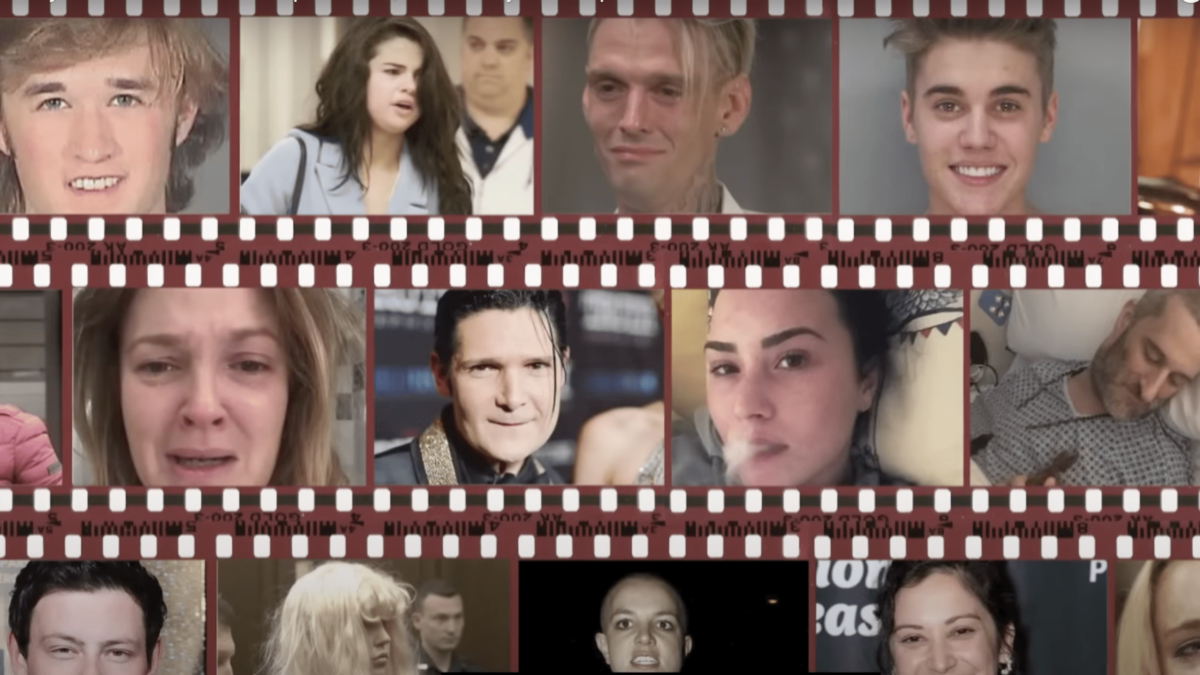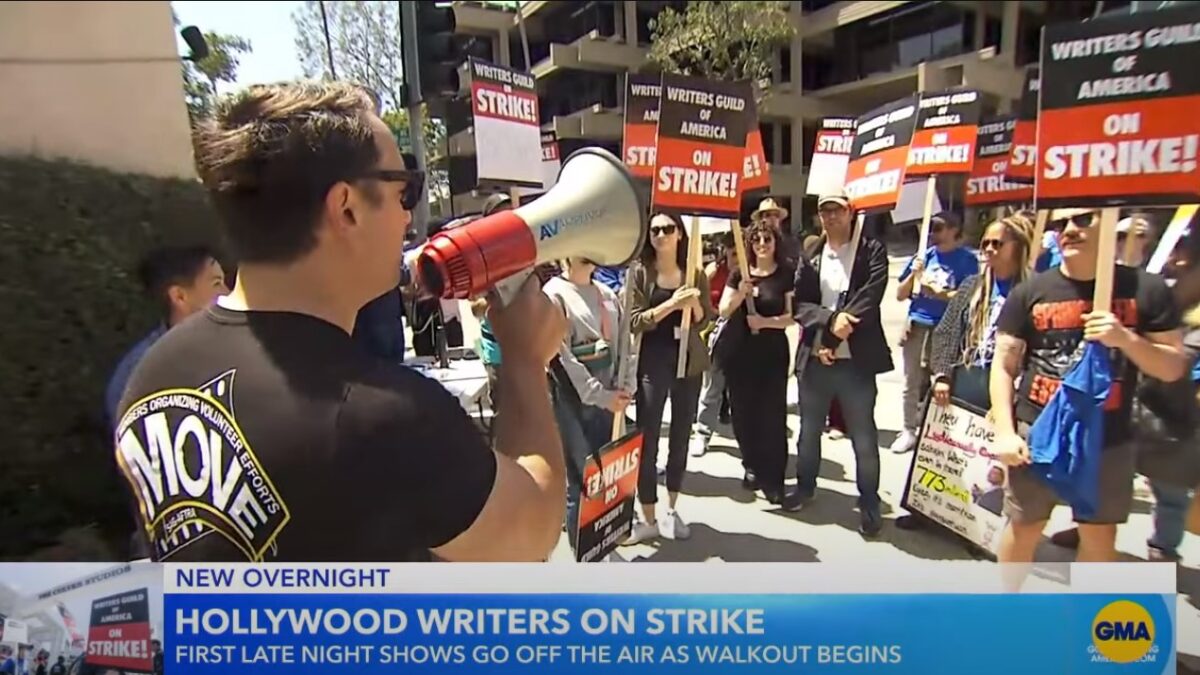
“On Wednesdays, we wear pink.” “Ugh, as if!” “How very.” These quotes and dozens like them have peppered the adolescent girl lexicon, as they represent an specific subgenre of film that speaks directly to this group: the high school comedy.
John Hughes and his contemporaries redefined the adolescent experience through cinema by perfecting the teen movie. The genre has been around since the 1950s, when the concept of the teenager first came into existence, and has gone strong ever since. Until the 2010s, that is. As the decade comes to a close, I have to wonder, where was the great teen comedy of the 2010s?
As someone who was in middle school at the start of the decade and am in college as it comes to a close, I have been in the target demographic for these genres the entire decade. I’ve seen what may be classified as far too many films of the category, some an embarrassing number of times. From gracing the screen at countless sleepovers to serving as ideal movie-night picks, a handful of classic teen comedies have proven a lasting power. But almost none of them arrived in the past decade.
The Classics of Former Decades
The classic stock characters getting into predictable but charming comedic situations has been the basis of a plethora of engaging films throughout the decades. The cute jock who falls for the shy girl (“Sixteen Candles,” “She’s All That,” “Pretty in Pink”), the disparate types of teens overcoming their differences (“The Breakfast Club,” “Can’t Hardly Wait”), the quest to have sex before high school ends (“Superbad,” “American Pie,”), the protagonists learning to grow up (“Clueless,” “Bring it On,” “10 Things”), the evil clique getting their comeuppance from a conniving protagonist (“Mean Girls,” “Cruel Intentions”).
Some members of the genre are darker and increasingly self-aware, such as the ’80s cult classic black comedy “Heathers,” a personal favorite. The 1970s and ’80s saw a proliferation of horror movies centered around the same teen archetypes, just in far more perilous situations. Yet, regardless of the competing trends in the genre, the classic teen comedy has remained strong, each decade churning out at least one, if not several, modern classics that continue to speak to generations decades after their release.
The seeming immortality of the genre makes it all-the-more noticeable that the past ten years have utterly lacked in a teen comedy that speaks to the upcoming generation. This is not to say that there hasn’t been an abundance of teen movies made in the past ten years — far from it. But no film has had the staying power of a “Mean Girls” or “The Breakfast Club,” or the cult status of “Bring it On” and “Heathers.”
Unseen Gems or The Easily Forgotten
There have certainly been contenders, films that for a brief moment appeared might break out and explode into audiences’ hearts, but they have been forgotten mere months later. Of these flashes-in-the-pan, “Easy A,” is by far the closest to a classic teen comedy, with an irreverent sense of humor perpetuated by high school stereotypes. Yet most who caught its 2010 release all but forgot about Emma Stone vehicle until being reminded on this article or some other “best of the decade teen film” list.
The other possible contenders, “Too All the Boys I’ve Loved Before” and “Love Simon,” leaned more into the innocent rom-com feel, but they each rode into the public consciousness on a wave of hype, only for it to die out months after their release. If they cannot last a few months, what hope have they of remaining relevant years or decades later?
The 2010s were also a decade of independent coming-of-age films that everyone’s film-nerd friend loved but didn’t exactly make a massive dent in the culture. Films like 2012’s “The Perks of Being a Wallflower,” 2016’s “The Edge of Seventeen,” and 2017’s Oscar darling “Lady Bird” dove more deeply into adolescent angst and pain than your typical comedy, to varying degrees of success. Maybe in ten years, one of these films will gain cult status and become a staple of future generations, but they seem far more likely to cling onto some relevance due to their critical acclaim, rather than mass appeal to teens.
The Darker TV Options
However, in this Golden Age of television, it would not be fitting to explore a hole in the entertainment market and not consider its being filled episodically. Indeed, where there has been a dearth of unifying films, two TV shows appear to have had the effect movies could only dream of. Yet they are neither funny nor particularly profound, and represent a dark trend in contemporary media foisted upon and embraced by my generation. These are Netflix’s “Thirteen Reasons Why” and HBO’s “Euphoria.”
I was in high school when “Thirteen Reasons Why” premiered, and it was virtually impossible to escape. Everyone constantly discussed the series, and the intensity surrounding not spoiling the show for those a little behind has only been matched in my experience by “Avengers: Endgame” and the final season of “Game of Thrones.”
People were enraptured by the series, unfazed or maybe even enthralled by the sensationalized depictions of sexual assault and suicide. While the second season did not attain the same love as the first, many teens’ problems stemmed from the common issue of when a book-based series passes the source material, rather than issues with what was depicted.
As the third season dropped on Netflix to little fanfare or notice, attention shifted to a gorgeously shot yet patently absurd teen drama attempting to highlight the real struggles and lives of adolescents, “Euphoria.” However, neither “Euphoria” not “Thirteen Reasons Why” actually have any intention of deeply exploring their complicated characters and subject matters with any nuance or sensitivity. Rather, the shows seem to fetishize their protagonists’ pain and trauma. Both series substitute horrible experiences for character development, thus rendering the only interesting characters to be those who have suffered.
The innumerable problems in “Thirteen Reasons Why” have been torn apart often enough that to repeat them here would be redundant. But the most popular show across high schools for about a year insinuated that suicide was a means of winning against those who have wronged you, which is the opposite message a youth facing record high rates of depression should be hearing. Further, the film substitutes surviving sexual assault for character development, which furthers the harmful intimations made by the series and contributes to the glamorization of adolescent pain.
While most high school-based works sexualize their characters, especially the girls, to an extent, “Euphoria” makes “Skins” or “Gossip Girl” seem like “High School Musical.” All of the main girls have remarkably blasé attitudes towards sex, and remarkably degrading experiences are presented as empowering for the young women. The women’s sexualization of themselves is normalized and almost praised, unless it is exploited by a man, at which point he is a monster and she a victim.
Ironically, the one character who is neither unrealistically promiscuous or deeply damaged — and is by far the most relatable girl for most teens today — is sidelined to an extraordinary degree, the only main character to not get her own storyline or receive any real character development, sidelined for her drug-addicted best friend or sexually exploited sister. This leaves viewers with the dangerous implication that one must experience deep traumas in order to be interesting as a person.
What’s Next for Teen Movies?
I worry that the media reaching my generation and, more worryingly, the one next, is spreading toxic messages that romanticize serious issues to be provocative. High school comedies can be churned out with little creativity or fanfare to a moderate if forgettable success, so lazy offerings have replaced genuinely charming films with heart. Yet the popularity of older genre works gives me hope.
These films may not always be deep, they may not always have great messages, they may not hold up well in 30 years (here’s looking at you, “Sixteen Candles”), but they have a specific voice and a reason to exist aside from blind attempts to appeal to the youth demographic. The trend of increasingly dark TV is not exclusive to works aimed at teens, and this is not always a bad thing.
However, while adolescence can be very difficult, it can also be absurd, wonderful, and hilarious. The next round of high schoolers deserve a film that humorously captures the insanity and the beauty of today, and can be enjoyed for generations.









